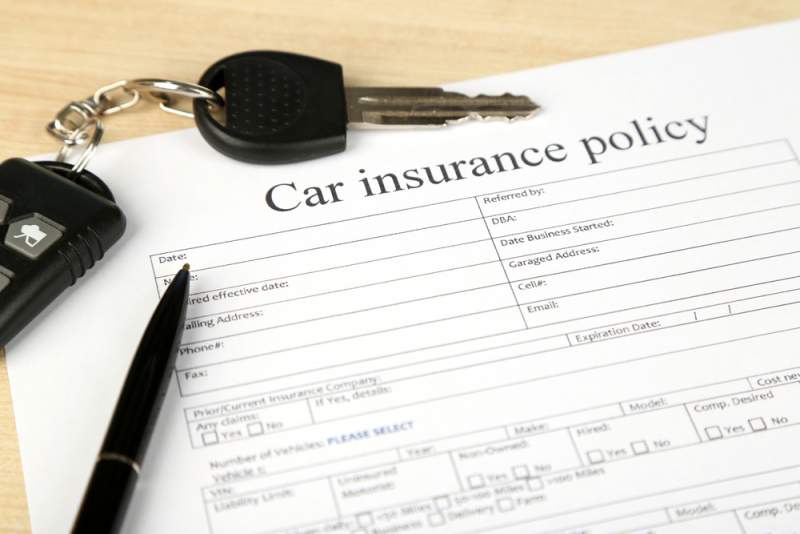Is Pennsylvania A No Fault State
In Pennsylvania drivers are free to purchase either fault or no-fault insurance, and for this reason Pennsylvania is considered a hybrid or choice state. This makes Pennsylvania’s car accident rules unique and complex compare to other states. A majority of states have fault based laws but 13 states mandate no-fault insurance policies. Your lawyer can explain what options you have if you are involved in a car accident in Pennsylvania.
Comparing Fault Vs No-Fault Insurance
Accident victims in a fault based insurance state can only receive financial relief for expenses related to their accident if they can prove who the at-fault parties are. The at-fault party’s insurance company is required to pay for damages in fault insurance states. These include damages such as medical expenses, property damage, and more. You can seek recovery through your own insurance company in a no-fault state regardless of who was at-fault.
That means that you do not have to prove that a party was at-fault or prove negligence in order for you to get financial recovery. A no-fault system allows you to receive prompt financial assistance for medical bills and property damages, instead of having to wait for an investigation to be concluded. You can only file a personal injury claim in no-fault states if your injury is serious. Generally, a serious injury is considered as an injury that causes loss of body or organ functions, loss of limb, or temporary or permanent disabilities. The conditions that your injury must meet for you to file a lawsuit in a no-fault system are referred to as thresholds.
Pennsylvania Fault And No-Fault Insurance Laws
 You have to understand fault and no-fault systems before you purchase an insurance policy in Pennsylvania. Opting in to no-fault insurance policies means you will receive benefits without having to prove that the other party was at-fault. But if you opt out of no-fault insurance rules, then you will have to prove fault to file a claim with the at-fault party’s insurance company. You either opt in or opt out of no-fault insurance rules when you are buying the policies not after your car accident.
You have to understand fault and no-fault systems before you purchase an insurance policy in Pennsylvania. Opting in to no-fault insurance policies means you will receive benefits without having to prove that the other party was at-fault. But if you opt out of no-fault insurance rules, then you will have to prove fault to file a claim with the at-fault party’s insurance company. You either opt in or opt out of no-fault insurance rules when you are buying the policies not after your car accident.
However, you will not see the terms “fault” or “no-fault” when purchasing insurance policies. Instead you will be required to choose between “limited tort” and “full tort” while purchasing car insurance. You are essentially opting out of the no-fault system if you choose full tort. On the other hand, opting for a limited tort means that you cannot file a lawsuit for most car accidents. This means that you will be limited to make a claim with your insurance provider for most situations.
What Tort Option Is Right For You?
You need to do your research into both fault and no-fault systems before you choose the one that is appropriate for your situation. There are certain things you will be giving up when choosing either of the two options. You can always consult an experienced lawyer to discuss each option before you make a choice. Your lawyer can also help you understand the type of insurance coverage you have and how you can recover compensation if you have already been in a car accident.
